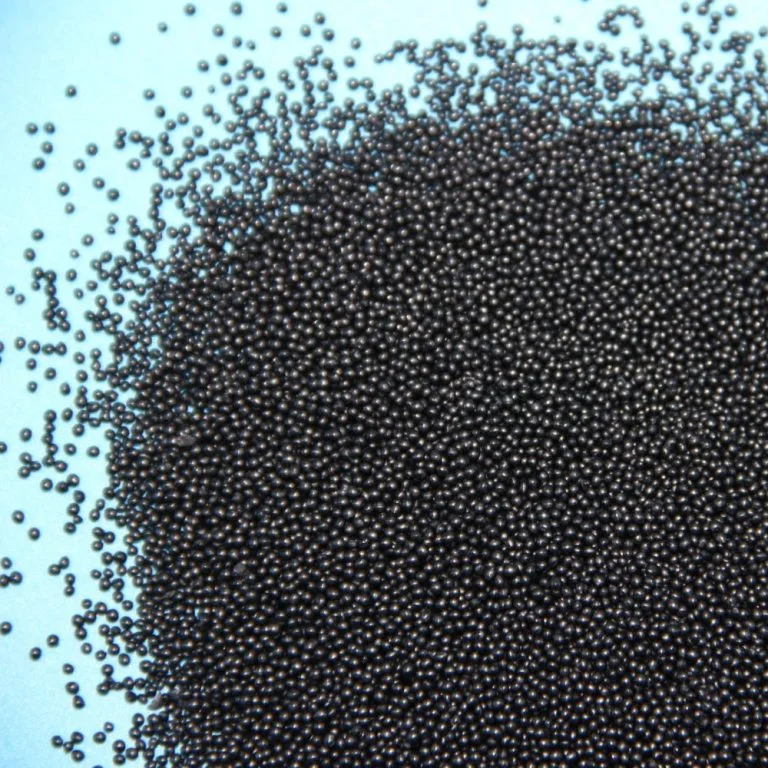As businesses push for greener ways, polyethylene (PE) foam catches the eye. It’s light, tough, and can be recycled. But its eco-friendly vibe relies a lot on solid recycling setups. This piece dives into how recyclable PE foam really is, its impact from start to finish, and how companies like HUASHENG are stepping up with smart tech and circular economy ideas to make foam that’s kinder to the planet.

Polyethylene Foam as a Sustainable Material
PE foam is gaining attention as a green material. It is strong, light, and has the potential to be recycled. As businesses move toward earth-friendly options, PE foam provides a good mix of usefulness and care for the environment. But one big question remains: Can PE foam truly be recycled? This article looks at its makeup, how it can be recycled, its impact over its lifetime, and how forward-thinking companies like HUASHENG are pushing for better foam solutions.
If you want a partner leading the charge in eco-friendly materials, HUASHENG is setting high standards in circular economy practices. With a mission to “reduce the burden on the earth,” HUASHENG is sparking a global shift in materials, starting with a single grain of polystyrene. Their smart factory uses 100% recycled raw materials in large-scale production. It achieves over 95% recycling efficiency for post-industrial waste. By 2026, HUASHENG plans to build a world-leading carbon-neutral factory. This will cut carbon emissions by over 85% across the entire supply chain. It will also reduce carbon emissions by 100,000 to 150,000 tons each year.
Composition and Properties of Polyethylene Foam
PE foam usually comes from two types of polyethylene: low-density (LDPE) and cross-linked (XLPE). Both start with the same base—ethylene monomers. The foam’s closed-cell structure is the real trick here. It locks in heat, keeps water from sneaking through, and cushions against knocks. No wonder it shows up in everything from packaging to building insulation to car seats.
On the green side, PE foam has a neat advantage. It’s a thermoplastic, which means you can melt it down and form it again without losing much of its punch. That melt-and-reshape ability is what makes recycling possible—so long as the waste is collected and handled the right way.
Common Applications in Industrial and Consumer Sectors
PE foam pops up all over. It’s in packaging for electronics, cushioning for sports equipment, and safeguards for medical devices. You’ll also find it in insulation panels for heating and cooling or in reusable shipping crates. Industries dig PE foam since it’s tough but light and bends without busting. Even though these uses vary a ton, they all want materials that hold up strong while being easy on the planet. That’s where recyclable PE foam really stands out.
Recycling Capabilities of Polyethylene Foam
PE foam can be recycled because of its thermoplastic nature. But making it work in the real world depends on having good systems to collect and process it. Let’s look at how this happens.
Technical Feasibility of Recycling PE Foam
Non-crosslinked LDPE foams can be shredded and turned into pellets. These can be used again in things like composite lumber or car parts. But cross-linked foams, like XLPE, are harder to recycle because their chemical bonds don’t break easily.
New machines that shrink foam by 50:1 make it easier to transport. This is important because foam is light but takes up a lot of space.
Mechanical vs. Chemical Recycling Methods
Mechanical recycling is the easiest and uses less energy for non-crosslinked PE foams. It involves shredding and remelting the material. Chemical recycling, like pyrolysis or solvent dissolution, can handle trickier foams but uses more energy.
Solvent-based methods, such as using d-limonene, can produce high-quality recycled EPS. These methods could work for PE foams too. Such innovations are key to making closed-loop recycling systems better for all foams.
Challenges in Post-Consumer Collection and Sorting
Collecting PE foam is tough. It often gets dirty or mixed with other materials, like laminated foams. Sorting it from household waste is hard without high-tech systems. Some companies are trying blockchain-based material passports. These could track materials from start to finish, making recycling easier for products like PE foam.
Environmental Impact Assessment
To know if PE foam is truly sustainable, we need to look at its entire life cycle—from how it’s made to what happens when it’s no longer needed.
Life Cycle Analysis of Polyethylene Foam Products
Research shows recyclable plastics like PE need less energy than ones you can’t recycle, especially if you use them again. PE’s cool because it can be melted down and reshaped without losing its quality. This cuts down on digging up new materials. When it’s part of setups like HUASHENG’s, the perks stack up with less energy used and fewer emissions pumped out.
Comparison with Other Foam Materials
Compared to polyurethane (PU) foams, which are often non-recyclable, and expanded polystyrene (EPS), PE foam is easier to recycle mechanically. However, EPS might be slightly better for insulation per unit of weight. Mechanical recycling of PE and EPS saves up to 89% of the energy needed to make new foam, giving them an edge over PU when recycled well.
End-of-Life Scenarios: Landfill, Incineration, and Recycling
Without good systems, PE foam often ends up in landfills. This wastes both the material and its environmental benefits. Burning it can produce some energy, but it releases CO₂ unless done with special equipment. Recycling is the best option, but it needs systems like HUASHENG’s compactors, which shrink EPS foam by 1/90, making collection practical even on a large scale.
HUASHENG’s Approach to Sustainable Foam Solutions
HUASHENG is a leader in this change. Their all-in-one model blends new ideas with waste recovery, ensuring every step supports sustainability without losing function or affordability.

Their EPS plants recycle over 95% of post-industrial waste. This shows how smart processes can cut landfill use, even before consumer waste comes into play. Their hybrid insulation panels mix aerogel with recycled polymers. Their structural composites use up to 30% recycled content. These products lower carbon footprints while meeting strict standards like FDA food-grade rules or LEED certifications.
Future Outlook for Recyclable Foam Materials
As rules against single-use plastics tighten and old production methods lose favor, recyclable foams will become more important in fields like shipping and construction.
HUASHENG’s smart factory has invested heavily to create the world’s first production line for polystyrene using 100% recycled materials. Their work goes beyond meeting rules. It sets new standards with AI-driven systems that boost output while cutting waste per batch. Circularity means making products that never become waste. New systems, like digital deposit programs and blockchain tracking, are helping. Programs that turn ocean plastics into EPS raw materials show how forward-thinking companies like HUASHENG are reshaping sustainability in polymer science.
FAQ
Q: Can all types of polyethylene foam be recycled?
A: No. Non-crosslinked LDPE foams are easy to recycle mechanically. Cross-linked foams need complex chemical processes, which are less common.
Q: How does polyethylene foam compare environmentally to polyurethane?
A: When recycled mechanically, PE foam uses less energy than polyurethane, which is often non-recyclable due to its thermoset nature.
Q: What improvements are needed for better PE foam recycling?
A: More compactors, blockchain tracking, and standard collection systems would greatly boost post-consumer recycling rates.






